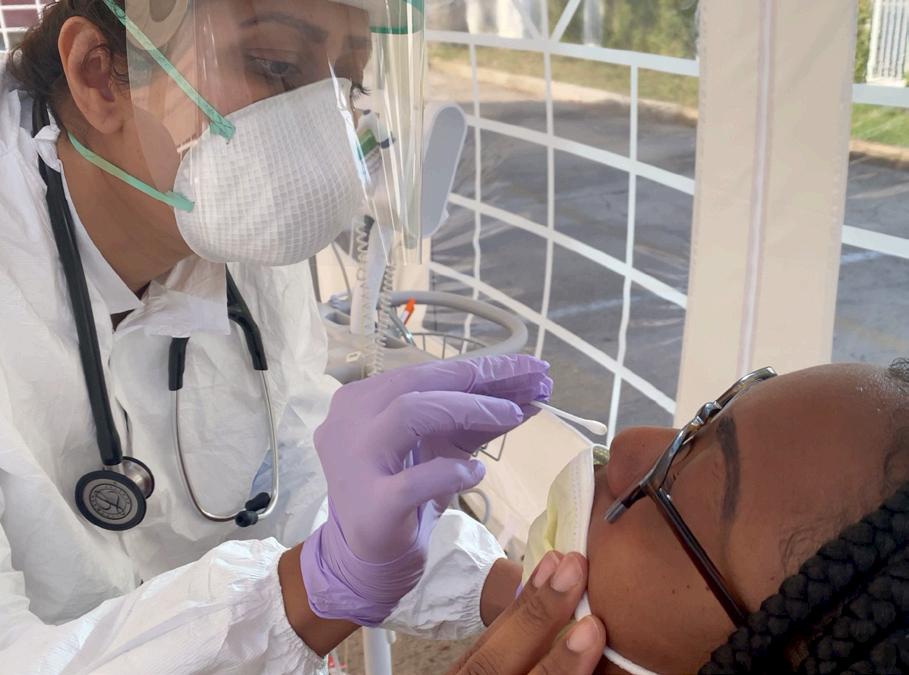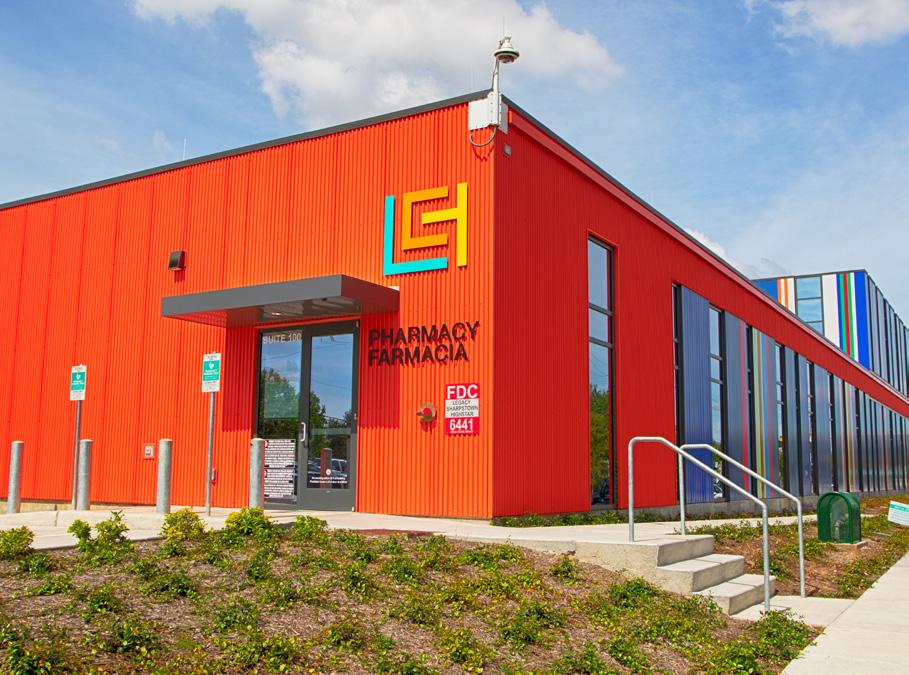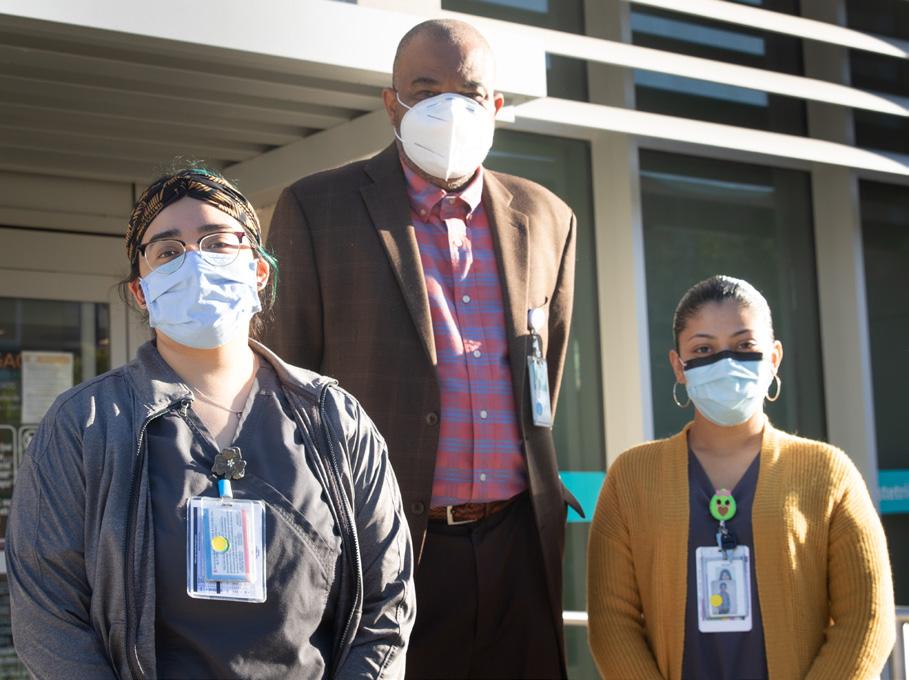THE CHALLENGE
CONDITIONS AFFECTING OUR COMMUNITIES & THE NATION CHRONIC CONDITIONS
MENTAL HEALTH
One common chronic condition, diabetes, has increased by 40% in Texas over the last ten years.
The COVID-19 pandemic has been stressful for many community members. Over the past year, calls to the National Alliance on Mental Illness of Greater Houston have increased by approximately 1,500% per week. Mental health and substance use resource pages on the Texas Health and Human Services Commission website have seen a 500% jump in visitor traffic.
CHRON� IC CON� DI� TIONS Research shows that people who receive diabetes education and support are more likely to adhere to medications; better control their blood glucose, blood pressure and cholesterol levels; have lower health care costs; and better health outcomes. (Association of Diabetes Care & Education Specialists and Texas Diabetes Council)
INFANT MORTALITY In 2018, Texas reported 18.5 deaths per 100,000 live births, higher than the national average of 17.4 deaths per 100,000 live births. Houston’s preterm birth rate of 11.2% is higher than the national average of 10.02%. Routine prenatal care can improve the health of expectant moms and their newborns. Infants whose mothers did not get prenatal care were three times more likely to have a low birth weight and five times more likely to die than infants whose mothers received routine prenatal care.
INFANT MOR� TALITY
(National Center for Health Statistics and March of Dimes)
MENTAL HEALTH
As the COVID-19 pandemic continues, the need for mental health services will almost certainly increase while there is already a shortage of mental health professionals. The federal government and many states have expanded the coverage of telemedicine to address the increased need for mental health services. (Kaiser Family Foundation, Houston Chronicle and Texas Tribune)
HEALTH DISPARITIES Nearly one in four children in Harris County faces uncertainty in whether adequate and nutritious food will be available in their homes. Research showed that access to nutritious food and other social determinants of health like housing and neighborhood safety make up 80% of what dictates a person’s health and life expectancy. There needs to be more focus on addressing the underlying causes of poor health, and specifically the long-standing barriers of specific groups of people to achieving the highest possible health outcomes—those achieved by segments of the population not facing the same barriers.
HEALTH DISPARITIES
(Episcopal Health Foundation, Houston State of Health and Houston Health Department)
HIV EPIDEMIC IN THE SOUTH HIV is still on the rise in the South. States within this part of the country make up just over one-third of the U.S. population, yet account for 52% of new HIV diagnoses and about 45% of all people living with HIV. According to data gathered by the Houston Area Ryan White Council, at the end 2018, there were 29,078 diagnosed people living with HIV in the Houston Eligible Metropolitan Area (EMA), which includes Chambers, Fort Bend, Harris, Liberty, Montgomery and Waller counties.
(CDC and Ryan White Council)
12
2020 Year In Review
HIV EPIDEMIC
Prevention and treatment can help end the spread of HIV, and it starts with knowing your HIV status. Testing is the only way to know for sure if a person has HIV.









